"Fitosporin" for indoor plants: description, types, instructions for use

Houseplants are an integral part of every living space. Flowers not only decorate the interior space, but also improve the emotional state of the room, and also purify the air from dangerous and toxic substances. Despite the seeming simplicity of growing plants at home, novice gardeners are often faced with the death of plants due to late blight, powdery mildew, black leg and other diseases. Biological fungicides, one of the brightest representatives of which is "Fitosporin", can help in solving this problem. This biological product can become both a preventive agent and an irreplaceable therapeutic compound.
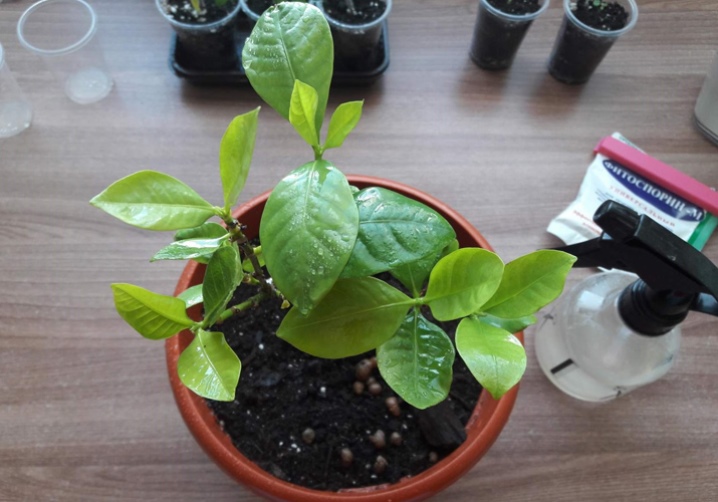
Description
"Fitosporin" for indoor plants and flowers is a unique preparation containing live unicellular microorganisms Bacilus Subtilis (gram-positive aerobic bacteria). These microorganisms are natural inhabitants of the soil and significantly increase the resistance of plants to diseases and negative climatic factors.
Advantages:
- long storage period;
- multifunctionality;
- economical consumption;
- ease of use;
- affordable price range;
- the presence of different forms and packaging;
- high level of efficiency;
- use for combating a wide range of diseases;
- high level of compatibility with other drugs;
- use for both unprotected and indoor soil is permissible;
- the presence of several species for different crops.
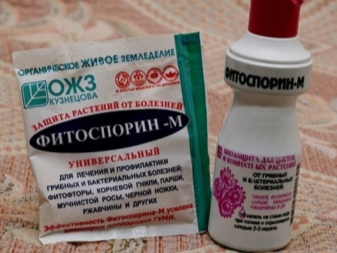

The disadvantage is intolerance to solar radiation.
The main properties of the hay stick:
- release of substances toxic to pathogenic microorganisms;
- acceleration of the decomposition of organic waste in the soil;
- improving the quality of humus.
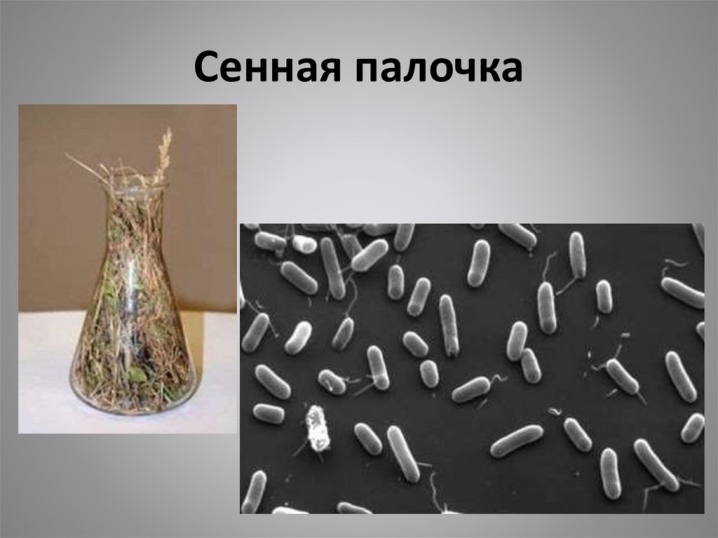
Each manufacturer can independently choose auxiliary components to improve their product. The presence of certain ingredients is indicated by a special letter marking. List of acceptable components:
- mineral fertilizer;
- humate;
- brown coal;
- chalk.
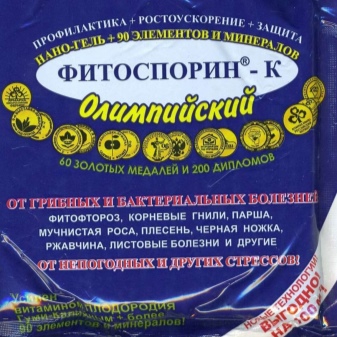

The functional purpose of the auxiliary elements is to preserve the viability of bacteria and activate the protective properties. The principle of action is penetration into the vascular system and distribution throughout all organs of the plant.
Particular attention should be paid to "Fitosporin Reanimator", which contains aminocarboxylic acids, antibiotics of natural origin, low molecular weight organic compounds, enzymes. These components contribute to the rapid dissolution of the cell walls of pathogenic fungi and bacteria.
Advantages - plant recovery after mass destruction, sunburn and freezing, the ability to combine with growth immunostimulants.
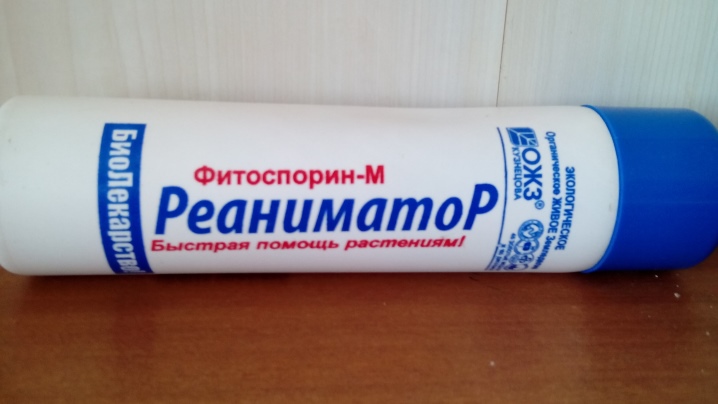
The main properties of "Fitosporin":
- improvement of soil ventilation and unhindered supply of nutrients to the root system;
- oppression of the vital functions of helminths;
- the formation of colonies of gram-positive aerobic bacteria that fill all areas of the soil;
- acceleration of plant growth;
- increased immunity;
- an increase in the flowering period;
- increased germination of seed;
- improving the rooting process.

Despite the fact that this drug has a huge number of positive properties, it can also have a negative effect on plants:
- high concentration leads to disruption of the balance of soil flora;
- excessive watering inhibits the growth and development of the plant, and can also lead to its death.
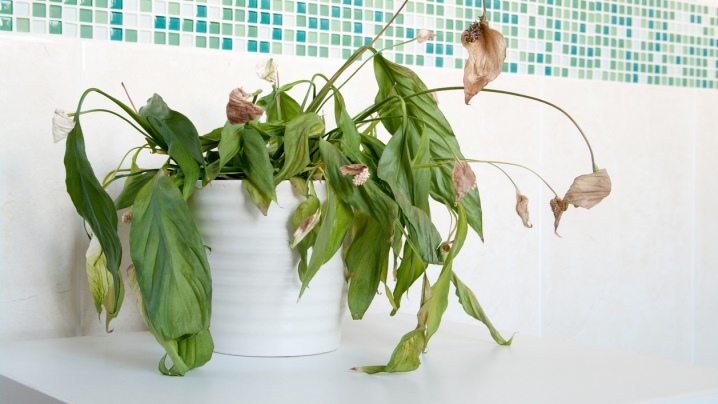
Before spraying a plant, it is necessary to carefully study its compatibility with Fitosporin. Contact of some species can provoke wilting and leaf fall. The list of diseases that a biological fungicide can cope with:
- zonal spotting;
- brown leaf rust;
- ofiobolous root rot;
- moniliosis;
- ashtray;
- favus;
- cladosporia;
- rot of Botrytis;
- fusarium;
- late blight.
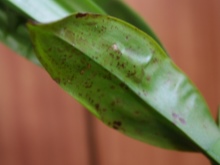
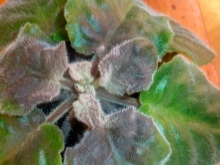
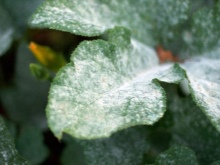
Views
For ease of use, manufacturers release the drug in several forms:
- powder - finely dispersed anhydrous base;
- paste - a thin layer packed in a thermoplastic polymer;
- liquid - enriched concentrate.
The preparation in the form of a paste contains a large amount of humic substances. The main advantage is a long period of action. The disadvantage is the low level of effectiveness for the treatment of diseases. Advantages - prevention and strengthening of immunity. Purpose - soaking tubers, bulbs, seeds, root system, spraying on a leaf.

The powder is used both for the prevention of diseases and as a preventive measure. Advantages - a long storage period without losing its qualities, the ability to use only the required amount of substance. Purpose - processing tubers before storage, soaking seed material, spraying on a leaf.

A liquid aqueous solution is a concentrated formulation that is used only for spraying.
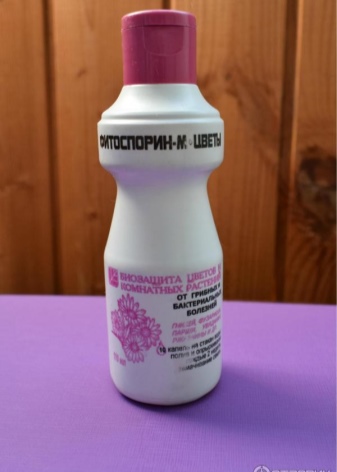
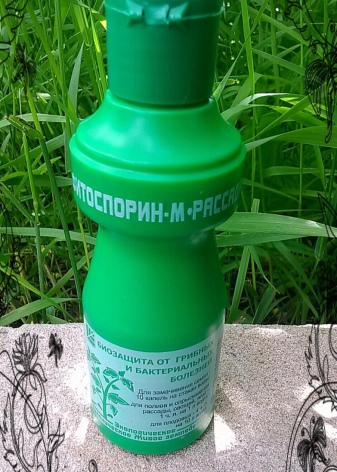
Despite the different forms of release, all types of the drug have the same properties. Their main difference is the breeding method, concentration and application.
Regardless of the form of release, experts recommend observing the following recommendations:
- dilution only with boiled water at room temperature;
- contact of hay sticks and chlorine is unacceptable;
- strict adherence to dosage;
- contact with ultraviolet radiation is strictly prohibited.
Instructions for use
Before you start treating a plant with a drug, you must carefully study the manufacturer's instructions, which describe in detail the concentration and purpose of the resulting composition. Powder dilution and application options:
- 1 g per 0.5 liters of water - spraying;
- 1.5 g per 1 liter of water - disease prevention;
- 2 g per 1 liter of water - treatment.
In order to properly dilute the paste with water, it is necessary to strictly observe the ratio of 1 to 2. The resulting mixture must be insisted for at least 2.5 hours, only after that it can be used to prepare a solution for processing. Standard norms:
- for spraying - 2 drops per 200 ml of water;
- for watering - 15 drops per 200 ml of water.
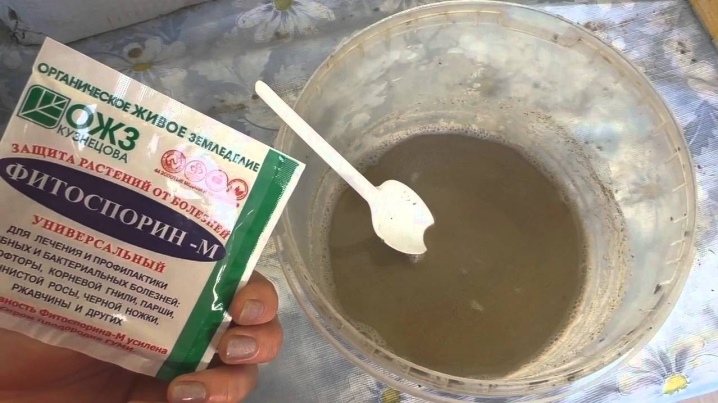
The simplest method of application is with a liquid solution. In order to use it, it is enough to add 10 drops of the composition to 200 ml of water. After a short agitation, the drug can be used for the planned appointment. The main feature is the preservation of the dosage, regardless of the purpose and purpose. You can spray the following parts of the plant:
- leaves;
- roots;
- stems.
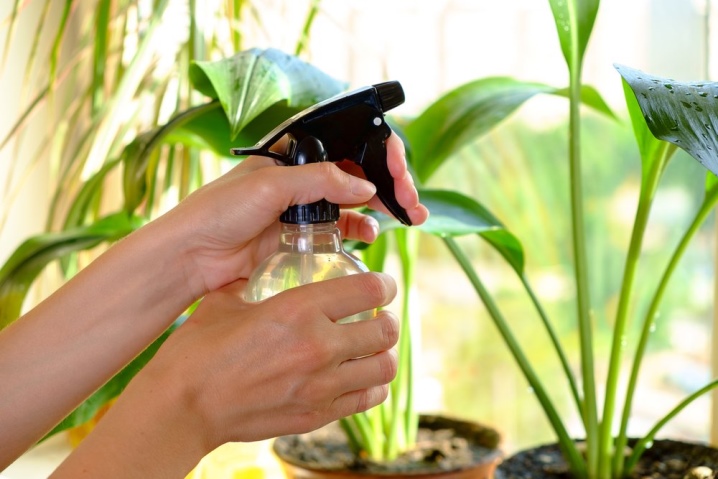
All excess liquid must be drained off, which will prevent stagnation of the solution and rotting of the root system.
Seed processing should be carried out within 2-3 hours before planting. To restore the strength of very sick and lifeless plants, the treatment must be repeated several times. Experts categorically prohibit the simultaneous use of different biological preparations, various microorganisms of which can come into conflict with each other and thereby harm the flower.
If the flower needs not only bacterial treatment, but also chemical treatment, then first it is necessary to use synthetic compounds and only then bacterial ones.If this order is violated, then "chemistry" will destroy all useful microorganisms, and their use will be absolutely meaningless.
Safety measures and storage conditions
Despite the fact that Fitosporin is an absolutely safe drug, experts recommend observing the following recommendations:
- mandatory use of personal protective equipment;
- during the spraying period, it is strictly forbidden to drink, smoke and eat;
- if the composition enters the oral cavity and intestines, it is necessary to drink a large amount of water with activated carbon.
If the solution enters the body, mild food poisoning may occur, which will provoke a disruption of the digestive system. Experienced gardeners recommend that before spraying flowers in pots, be sure to take them outside. If this is not possible, then the procedure is permissible only with open windows.
After processing, you must thoroughly wash your face and hands, throw away disposable products, and wash your dressing gown and shoes thoroughly.


To preserve the maximum number of positive properties, experts recommend strictly observing storage standards. The packaged preparation can be stored for no more than 4 years at temperatures from +5 to - 30 degrees. The diluted paste retains its properties for 5 months. A drug that is completely ready for use cannot be stored for more than 7 days. One of the main conditions for storing the composition is to prevent direct sunlight, which has a detrimental effect on beneficial microorganisms.
Preparations that were stored in violation of the norms may not only not have the proper effect on the plants, but also harm them, and sometimes even lead to death.
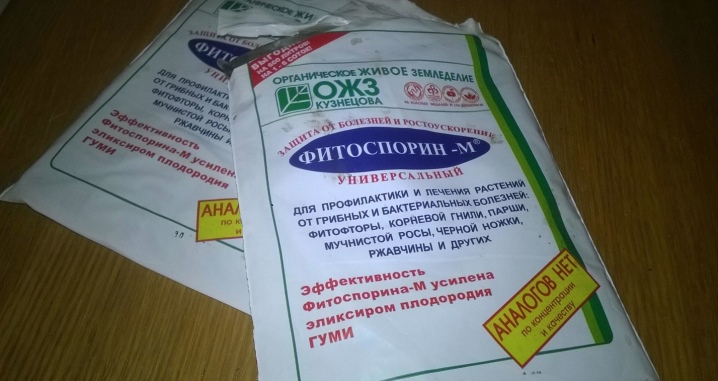
Plants are living organisms that grow, develop, get sick and die. In order to maximize the life cycle of pets, experienced gardeners recommend paying special attention to caring for them. A healthy and robust plant has a high level of resistance to various diseases and viruses. On the way to creating a beautiful greenhouse, the biological fungicide "Fitosporin", which is a unique domestic development, will certainly become an indispensable assistant. Its main feature is a high level of efficiency and environmental safety, which makes the product popular and in demand among both novice gardeners and experienced flower lovers.
See below about the use of "Fitosporin-M" for indoor plants.































The comment was sent successfully.